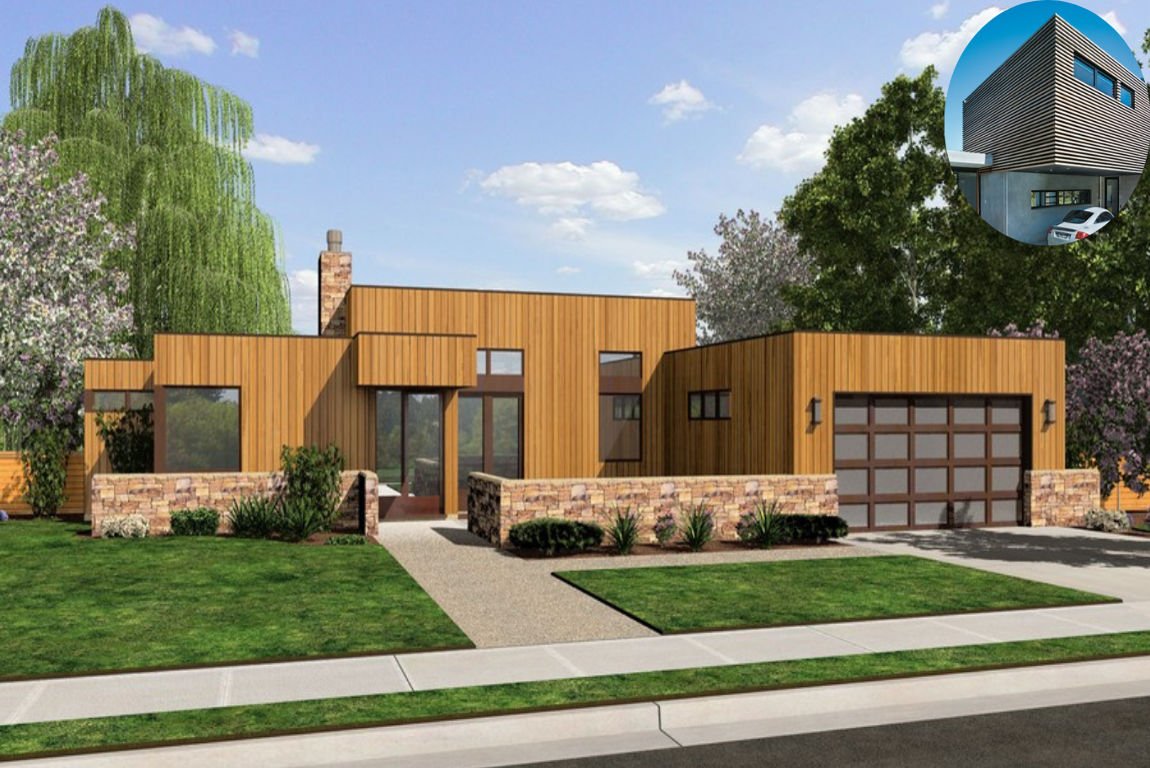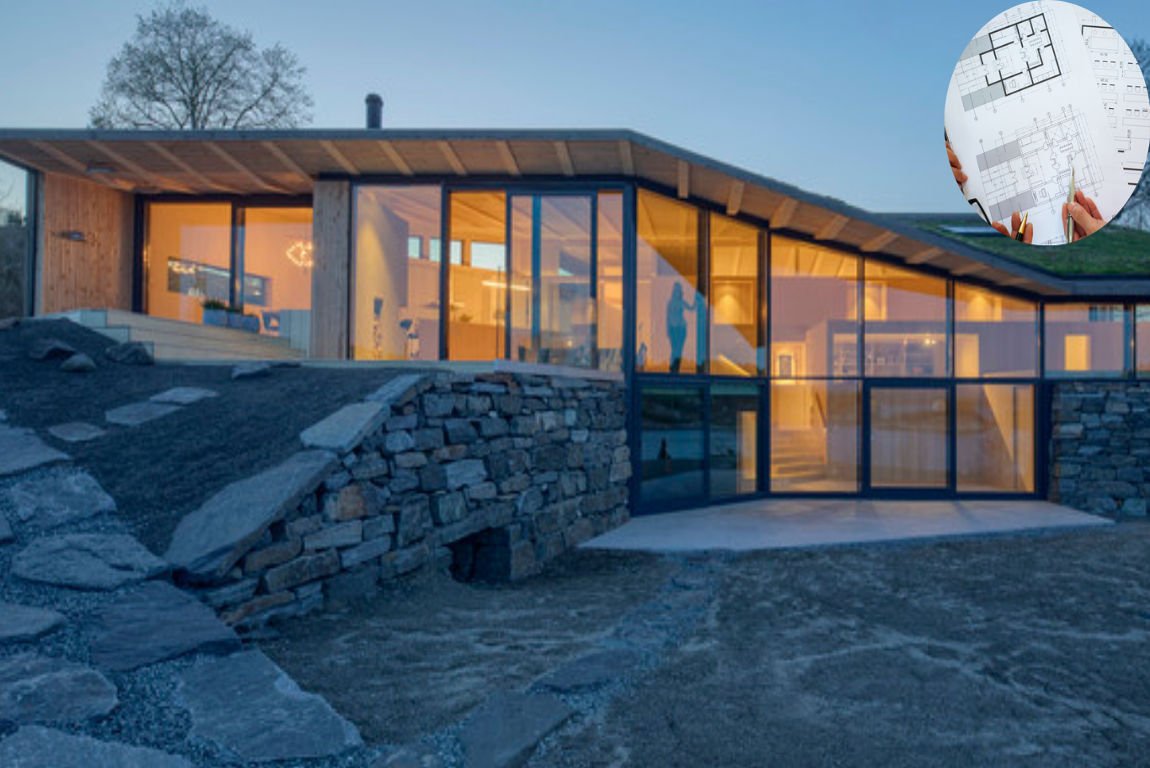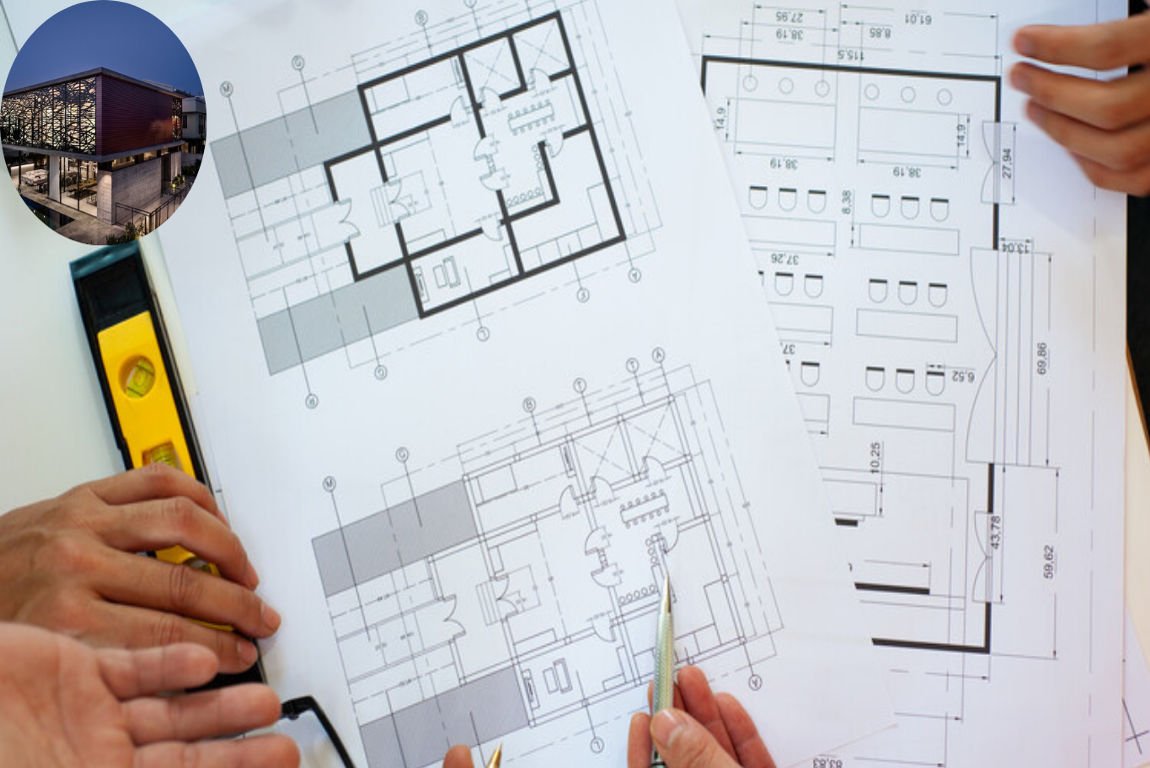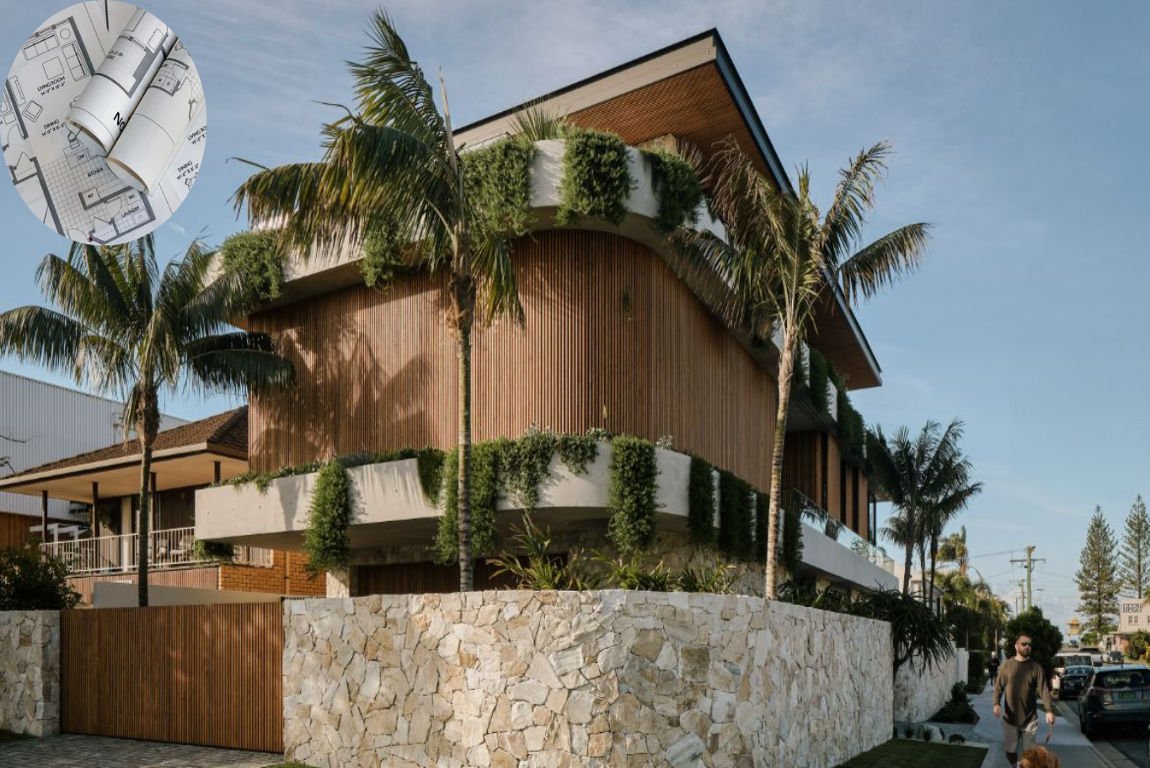Have you ever wondered if house architecture is complex? For many, the idea of designing a home feels intimidating, conjuring up images of complex blueprints, endless decisions, and a mountain of technical knowledge. However, the truth is far less daunting. With the right mindset, tools, and understanding, house architecture can be an approachable and even enjoyable process.
Understanding What Makes Architecture Seem Hard

Before we delve into why house architecture is simpler than you think, it’s essential to address the common misconception that architecture is inherently complex. Let’s break this down.
Why Architecture Feels Intimidating
Architecture, as a profession, is often associated with years of education, intense problem-solving, and high-stakes projects. It’s no surprise that people assume house design requires the same level of expertise. Common reasons for this perception include:
- Time-Consuming Processes: People imagine long hours spent drafting detailed blueprints.
- Technical Knowledge: From understanding structural integrity to grasping local building codes, the technical aspects of architecture can seem overwhelming.
- Creative Pressure: Designing something unique and functional can feel like a monumental task.
The Difference Between Professional Architecture and House Design
Here’s the good news: designing a house is not the same as becoming a licensed architect. Professional architecture often involves large-scale projects, such as skyscrapers and commercial buildings, which are significantly more complex. Residential architecture, on the other hand, is much more straightforward and focuses on personal, functional spaces.
By focusing on the basics, you can create a beautiful, functional home without needing a degree in architecture. So, is house architecture hard? Not if you approach it the right way.
House Architecture Is More Accessible Than You Think

One of the biggest myths about house architecture is that it’s only for professionals. In reality, residential architecture is one of the most accessible forms of design. Here’s why:
You may also read (how to print architectural house).
Simplicity in Residential Design
Unlike large-scale projects, houses are designed for everyday living. The needs of a home are universal—kitchens, bedrooms, bathrooms, and living spaces. These are familiar to everyone, making it easier to imagine and plan.
Many Homes Are Built Without Architects
Did you know that a significant percentage of homes are designed and built without the involvement of professional architects? Homeowners often use pre-designed plans, builders, or even DIY methods to create their dream homes. This proves that house design doesn’t have to be overly complicated.
Basic Principles Are Easy to Learn
With a bit of research, anyone can learn the basic principles of house design, such as:
- Optimal room layouts.
- Efficient use of space.
- Aesthetic balance in finishes and colors.
By focusing on these foundational elements, even beginners can create a functional and attractive home.
Technology and Tools Have Simplified the Process

If you’ve ever thought, “I wouldn’t even know where to start with designing a house,” modern technology has you covered. Thanks to advancements in tools and software, house architecture is now easier than ever.
User-Friendly Design Software
Gone are the days when you needed to draw everything by hand or learn complex CAD software. Today, countless tools simplify the design process:
- 3D Modeling Apps: Tools like SketchUp and RoomSketcher let you create detailed floor plans and visualize your space in 3D.
- Templates and Pre-made Plans: Many platforms offer ready-made house plans that you can customize to suit your needs.
- AR and VR Tools: Some apps enable you to “walk through” your house design virtually, giving you a sense of the space before construction begins.
Online Resources and Tutorials
The internet is a treasure trove of information. You’ll find tutorials, blogs, and videos that walk you through everything from basic layouts to advanced design techniques. Many of these are tailored for beginners, so you don’t have to worry about complex jargon.
You may also read (a guide to working with an architectural house designer).
Time-Saving Benefits
These tools not only make design easier but also save time. What once took weeks of manual drafting can now be done in hours. Technology has truly democratized house architecture, making it accessible to anyone.
Clear Goals and Practical Needs Simplify Design

One of the most critical lessons in house architecture is this: focus on what you need. Unlike commercial projects that must balance multiple stakeholders, house design is both profoundly personal and practical.
Start with Your Lifestyle
Think about your daily routines and needs. Do you love cooking? Then, prioritize a spacious and functional kitchen. Do you work from home? A dedicated home office might be essential. By identifying your priorities, you can create a design that works for you without overcomplicating things.
Universal Functions Are Intuitive
Houses are designed to serve basic human needs: shelter, comfort, and functionality. This simplicity makes residential architecture approachable. For example:
- Bedrooms need privacy and quiet.
- Living spaces should encourage relaxation and socializing.
- Kitchens should be efficient and accessible.
Personal Customization Is Key
While the basic structure of a house is straightforward, customization allows you to add personality and charm. Whether it’s choosing your favorite paint color or adding unique decor elements, these decisions are fun and easy to make.
Learning from Experts and Resources Is Easier Than Ever
If you still feel a little lost, don’t worry—there’s a wealth of knowledge available to guide you. Today, learning about house architecture is as easy as opening your browser.
Abundance of Educational Content
From blogs to YouTube channels, there are countless resources dedicated to making house design simple and accessible. Popular platforms like Pinterest and Instagram are also full of inspiration that can spark your creativity.
Expert Advice at Your Fingertips
Many architects and designers share their expertise online. Look for:
- Free design templates and tutorials.
- Tips for maximizing space and budget.
- Case studies of real projects to learn from.
Community Support
Online communities, such as forums and social media groups, are great places to ask questions and share ideas. You’ll find numerous homeowners and professionals eager to assist.
By leveraging these resources, you can approach house architecture with confidence and excitement.
Iteration and Flexibility: Make It Manageable
One of the most reassuring aspects of house architecture is that it’s an iterative process. You don’t need to get everything perfect on the first try.
Designs Evolve Over Time
It’s normal for house designs to change and adapt as you go. For example:
- Adjust room sizes after reviewing the initial layout.
- Materials and finishes can be swapped out based on availability or budget.
- Certain features can be added later, such as landscaping or additional rooms.
Flexibility Reduces Pressure
Knowing that changes are possible takes the pressure off. You can start with a solid foundation and refine your design as needed. This approach mirrors the creative processes in other fields, where trial and error lead to the most effective results.
Real-Life Example of Iteration
Imagine starting with a simple layout for a cozy two-bedroom house. As the design progresses, you realize you want an open kitchen and living space. Adjustments are made, and the result is a home that perfectly suits your lifestyle.
You may also read (how to print architectural house plans on a budget).
